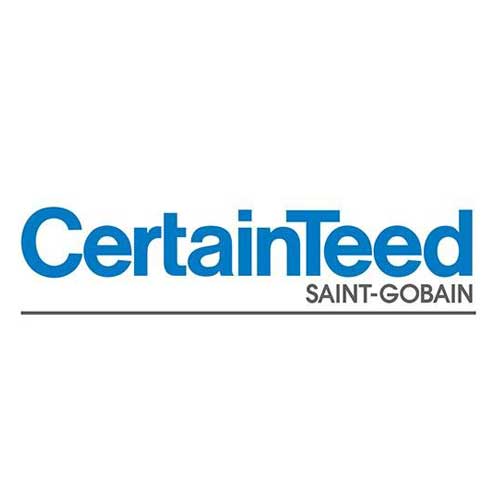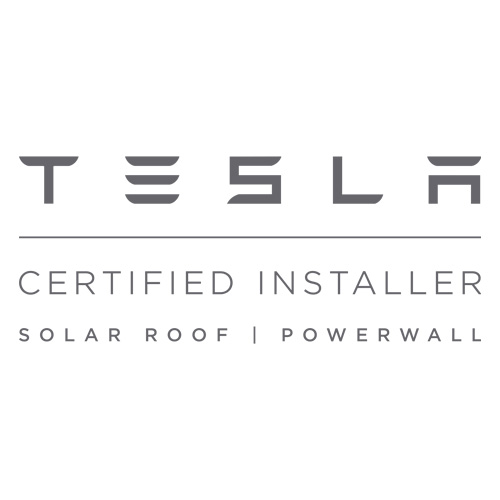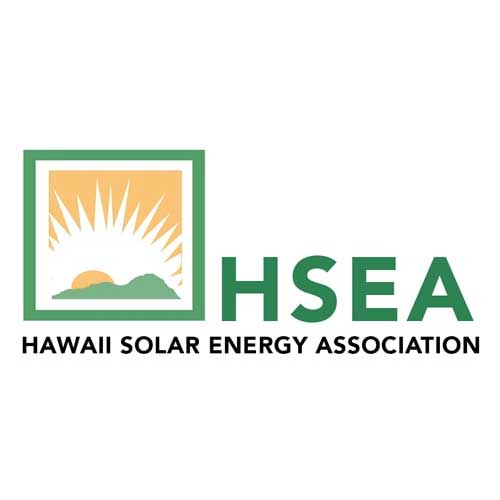What Is The Best Angle For Solar Panels In Hawaii?
When it comes to installing solar panels in Hawaii, one of the most important decisions to make is determining the best angle for your system. Knowing how to properly position your solar panels can significantly impact the amount of energy they generate and the amount of money you save on your electricity bills.
To maximize the efficiency of your system, it’s important to find out what the best angle is for solar panels in Hawaii.
Why Does The Angle Matter?
When it comes to solar panels, the angle at which the sun hits the earth is important. This angle changes throughout the year, and this affects how much sunlight your panels can capture. Solar panels in Hawaii need to be able to withstand high winds, so they need to be positioned at a 10 degree angle.
This is one of the reasons why checking the angle of your solar panels is so important – if they are not at this optimal angle, they will not generate as much electricity.
Overall, making sure your solar panels are positioned correctly is essential for generating enough electricity to power your home or office. Make sure to check their angles regularly and adjust as needed until you find an optimal position that maximizes energy production.
The Importance Of Sun Streaks For Solar Panels In +Hawaii
As you may know, the angle of the sun affects how much solar radiation your panels will receive. This is important because the amount of solar radiation your panels receive affects how much electricity they produce. In Hawaii, where there is a lot of sunshine, you should consider getting solar panels that are tilted towards the sun to maximize their exposure to the sun’s rays. This will help them produce more electricity than if they were angled away from the sun.
In addition, it’s important to note that in the wintertime, when the sun is lower in the sky, your panels will be hit at an angle instead of directly. This means that they will be receiving less solar radiation than in summertime.
If you live in Hawaii and want to maximize your solar panel’s output, it’s important to get panels that are tilted towards the sun during both summer and winter.
Last but not least, if you live in Hawaii and want to take advantage of all of Hawaii’s sunshine, you should consider getting solar panels with sun streaks – these are markings on top of your panel that send sunlight directly into your cells for faster energy production.
What Is The Optimal Angle For Solar Panels In Hawaii?
First, it’s important to understand why an optimal solar panel angle matters. Solar energy works by converting sunlight into usable electricity through photovoltaic (PV) cells located on top of a panel. The amount of electricity produced from these PV cells depends on the solar panel orientation and elevation with respect to the sun’s rays.
The more direct light they receive, the greater amount of electricity they will produce. This means that if your panels are at an incorrect solar panel angle or elevation, they won’t convert as much sunlight into usable electricity as they should.
In Hawaii, due to its location near the equator, the sun has a relatively low altitude throughout the year so there isn’t much variation in its daily position in relation to where it rises and sets every day. This makes determining the correct tilt angle for most solar panels easier than in other areas because you don’t need to adjust your panels seasonally unlike places further away from the equator where tilt angles change depending on the time of year. Generally speaking, in Hawaii you want your solar panel tilt angle set between 20-25 degrees depending on whether you want winter or summer peak production respectively; this way your system will be well optimized all year round regardless of season changes.
Factors To Consider When Installing Solar Panels
When it comes to installing solar power systems, you have a few different options to choose from. One of the most popular choices is to install residential solar panels. Residential solar panels typically cost $3.87 per watt and there is a 26% federal tax credit for installations. This means that your installation costs will be reduced by about $1,000.
One of the best angles for solar panels in Hawaii is at 30 degrees. This angle allows your panels to Collect more sunlight and generate more energy than other angles. In addition, this angle also reduces the amount of shading that your panels experience which can prolong their lifespan and increase their output.
The average home in Hawaii uses about 6,000 kWh of electricity per year which means that a typical solar panel system will offset about 1,500 pounds of carbon dioxide each year. This means that not only are you reducing your environmental impact by installing solar panels, but you’re also helping to reduce global warming!
Finally, as mentioned previously, solar panels can last up to 30 years with proper maintenance.
How To Adjust Your Solar Panels Throughout The Year
The first step for adjusting your solar panels throughout the year is determining where they should be pointing and at what angle relative to the sun. During summer months, when the sun is higher in the sky, you’ll want to point your panels southward in order to capture optimal amounts of sunlight. When autumn starts rolling around, however, it’s important that you adjust your array downward, reducing its tilt angle in order to account for lower sun angles. This will ensure that you’re still getting maximum power production from each panel regardless of season. Additionally, if you have tracking systems installed on your panel array then those should be adjusted too in order to correctly follow the position of the sun during different parts of the day.
It’s also important that you regularly clean and maintain your solar panels to keep them running efficiently. Dust and other debris can accumulate fairly quickly on outdoor systems, so wiping them down once a month or more often depending on location can be a good way to help keep them operating at peak efficiency levels. Dirt and grime can also cause shading issues on individual cells which could reduce overall power output so keeping those areas clear can ensure that no single cell has too much shade over long periods of time.
Tips For Maximizing Your Solar Panels Effectiveness
One of the most important aspects of solar panel installation is finding the right angle for them. This will provide the most effective sun exposure and maximize their ability to convert sunlight into electricity. Additionally, it is important to install your panels in a sunny location so that they can make the most of all the sunlight that they receive. Finally, it is important to keep your solar panels clean to maximize their efficiency and reduce energy costs over time.
Here are a few tips for installing solar panels successfully in Hawaii:.
1) Find a reputable installer who can help you find the best angle for your panels.
2) Make sure that your solar panel installation site is sunny – at least six hours per day on average.
3) Clean your solar panel regularly using a degreasing product – this will remove any dirt, dust, or debris that may be blocking sunlight from reaching the cells inside your panels.
4) Monitor your system’s performance regularly and adjust as necessary – by following these simple tips, you can ensure that you’re getting the most out of your investment in solar power!
What If My Roof Isn’t Angled Properly?
When it comes to installing solar panels, the angle of your roof is one of the most important factors. If your roof isn’t angled properly, you can’t install the panels on the roof and enjoy all of their benefits. However, there are a few things to consider before determining the best angle for your solar panels.
The latitude of your location is by far the most important factor when it comes to determining solar panel angles. The higher the latitude, the more extreme the angles will be. For example, in Hawaii, solar panels should be tilted between 5 and 15 degrees and azimuth angle should be between 0 and 180 degrees. This is because there’s more sunlight available at these extreme angles.
Another factor to consider is tilt angle. Solar panels need to be tilted in order to maximize their output – this is why they’re usually mounted on a tiltable pole or frame. The tilt angle should be between 5 and 15 degrees in order to capture as much sunlight as possible without affecting your view from inside or outside your home.
Finally, there are a few other factors that you should take into account when installing solar panels – such as exposure time (how long does it take for light energy from the sun to reach a photovoltaic panel?), shading (does part of your roof block some of sunlight from reaching your panel?), etcetera.
How To Find The Perfect Angle For Solar Panels
Firstly, it is important to understand how solar energy works in order to maximize its potential. As sunlight hits the earth’s surface, it produces energy known as photovoltaic radiation which is then absorbed by materials such as silicon and converted into electrical energy by photovoltaic cells. The amount of energy produced by photovoltaic cells depends on several variables such as intensity, solar panel direction, and wavelength of light hitting them. This means that having the best solar panel angle for your solar panels can dramatically increase their efficiency.
In order to figure out what the ideal angle should be, it is necessary to calculate the position of where your panel will be placed relative to sources of light such as the sun or other reflective surfaces like walls or buildings around you. This information can be obtained from websites that provide data about local weather conditions or from astronomy software which provides declination and azimuth angles for each location on Earth.
Solar Panel Maintenance
One of the best things about solar power is that it doesn’t rely on any kind of external energy source. Instead, solar panels harness the energy from the sun to generate electricity. Because solar panels need to be in direct sunlight to work, they’re not always practical or feasible for use in Hawaii. That’s where angle comes in – as long as your solar panels are installed at a 30 degree angle, they will still generate electricity.
While your solar panel will still generate electricity even if it’s not installed at a 30 degree angle, it’ll produce less juice and will last shorter than if solar panels were installed correctly. It’s important to clean your solar panels at least once a year – this will help to remove any dust, dirt, or debris that may have built up over time. You can also use a hose to clean them if you don’t have access to water – just be sure to avoid getting water on the lenses of the panels. Finally, before you buy any new solar panels, make sure you check their warranty information and compare prices with those offered by local retailers. Solar panels usually last for 20-25 years before needing replacement!
Tips For Maintaining Solar Panels In Hawaii
1. Regular Inspections: Have a professional inspect your solar panel system regularly, as this will help you catch and address any issues before they become serious problems. This can also be a good opportunity to evaluate the system’s performance and make sure all components are working correctly. During the inspection, check for broken or damaged parts, rust or corrosion on the wiring, loose connections, damaged photovoltaic cells, cracked glass panes, debris buildup on the panels themselves, or any other signs of wear and tear.
2. Cleaning: Keeping your solar panels clean is an important part of maintenance in Hawaii because dirt can reduce their efficiency. Make sure you use an appropriate cleaner that won’t damage them when cleaning them periodically; never use abrasive materials like steel wool as this could cause irreparable damage. You should also consider installing a rain diverter above your array so that dirt and debris don’t build up over time.
3. Direct Sun Exposure: Solar panels require direct sunlight to operate most effectively so it’s important to keep trees or other vegetation growth away from them to maximize their exposure to sunlight. Additionally, if you live in an area where there are frequent storms, consider investing in hurricane-proof mounting systems for extra protection during extreme weather events.
4. Proper Installation: Solar panel systems should always be installed properly according to local building codes by professionals who understand the specific conditions of Hawaii’s environment and have experience working with solar energy systems in this region specifically. Improper installation increases the risk of water intrusion into circuit boards or other electrical components which can lead to expensive damages down the line if not addressed right away.
5. Ground Fault Protection: Investing in ground fault protection is another really important step when maintaining your solar panel system in Hawaii due to its humid climate leading to higher chances of lightning strikes and power surges causing outages or equipment damage. Ground fault protection helps detect any irregularities due to these sorts of conditions and prevent significant damages from occurring by automatically shutting off power when necessary without affecting normal operations too much otherwise.
How To Get The Most Out Of Your Solar Panels In Hawaii
When it comes to solar panels, there are a few things to keep in mind. For example, solar panels in Hawaii produce more power when they are placed at a steeper angle. This is because the sun’s rays hit the panel at a more direct angle, thus generating more power. Additionally, solar panels in Hawaii will produce less power if they are placed at a shallower angle. This is because the rays of the sun hit the panel at an indirect angle and thus generate less power. In addition to this, if your roof or property is covered in shade, your solar panels will also generate less power.
So what should you do? If you have the option, always choose a steeper angle for your solar panels in Hawaii – this will maximize their output and save you money on your electricity bill. Additionally, make sure that your solar panels are covered in shade – this will also help them to generate more power. Finally, be sure to check out our other blog posts for more information on how to get the most out of your solar system in Hawaii!
To Sum Things Up
When considering different angles for installing solar panels in Hawaii there are many factors that need to be taken into account: geographic positioning relative to sun’s movements along horizon line; topography surrounding installation site; amount of shade present due nearby trees or buildings; frequency of passing rain storms etc.. Taking these variable into consideration and using a combination research online resources as well as consultation with professional installers can help ensure that you’re selecting an optimal tilt angle setting system which will result maximum solar energy production and savings over time by minimizing wasted photons directly hitting surface instead being guided into photovoltaic cells where they can converted usable electricity powering home appliances and devices around house.









